Linux
14 Jun 2019
Connecting to an IOFlood VPN via PPTP on Archlinux

We love servers, and we love our customers! Our customers are the ones we do this for, so it’s always a great thing for us when we get positive feedback from our customers, we know we’re doing things right. Recently one of our customers reached out to us and shared with us a blog entry
27 Apr 2015
Adding AHCI support to CentOS after it was already installed in IDE mode
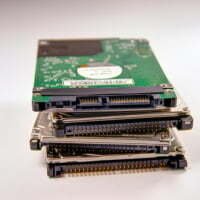
Sometimes when you’re using a server, you’ll notice that the disk i/o is slower than it ought to be, or is using a lot more cpu than it should be during disk i/o. In some cases, this would be because the BIOS is configured to use your sata drives in legacy IDE mode instead of
21 Apr 2015
Setting up Software RAID / MDADM status alert Emails for failed drives in Centos, Ubuntu, and Debian

Issues regarding software and hardware raid are no stranger to the IOFlood blog, with articles discussing the relative merits of each, articles discussing why raid is important (and so are backups), and so on. But RAID only provides protection against failed drives if you realize a drive has failed and replace it. Often times, a
09 Apr 2015
How to set up source nat routing (SNAT) in iptables to load balance outbound connections across multiple IP addresses
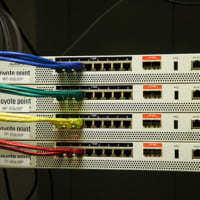
In our earlier days, before IOFlood, some of us ran web based proxy services. These were popular at workplaces or schools for accessing websites that were blocked there, such as gmail and myspace (remember myspace?). One common problem that came up, was that with so many users each sharing one IP on one server, our
27 Mar 2015
Making sense of Linux memory usage, Part 1: how to read “top” in CentOS.
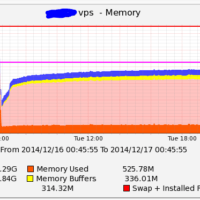
We get this question a lot, about “Why is my Linux server using so much ram?”. In many cases, it really isn’t using much ram at all, but just to be sure we always have to check. At least half the time, really very little is being used, but the way that Linux reports ram
15 Mar 2015
Configuring additional IP addresses (virtual interfaces) on Centos Servers
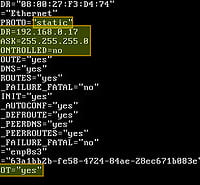
You may have a Centos dedicated server or VPS, and you’ve been assigned additional IP addresses, which have not been configured by your hosting provider. There are good reasons your host won’t have configured these for you, because if you are using virtualization, many VPS control panels need to manage these IPs, and so it
03 Mar 2015
Installing Centos 6.x onto a dedicated server with hard drives bigger than 2tb (3tb, 4tb, 6tb, 8tb, or bigger)
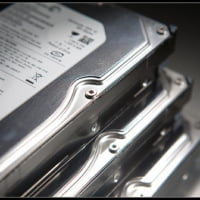
I’m a big fan of Centos, but like anything, it’s not perfect. In Centos 5, it is nearly impossible to get a working install onto drives larger than 2tb. In Centos 6, it is possible, but not entirely straightforward. The reason for the difficulty, is that MBR (master boot record) was designed only to support
19 Feb 2015
nf_conntrack: table full, dropping packet — A solution for CentOS Dedicated Servers
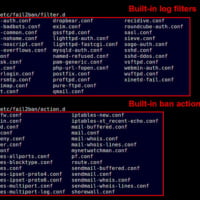
A common problem you may experience is sluggish performance or disconnections from your Centos dedicated server, even though there is sufficient CPU, ram, disk i/o, etc. After some troubleshooting, you may come to believe you are being DDoS attacked, but you don’t see an unusual amount of traffic, and there’s no single IP or handful
13 Feb 2015
Troubleshooting backup problems with Idera R1soft under Centos (part 1)

Everyone knows it’s a good idea to keep backups, but it can be difficult to get them up and running, and even harder to keep them staying that way. On top of that, the backup process can make your server slow to a crawl if you have typical hard drives instead of SSDs. R1Soft is a
07 Feb 2015
Installing BOINC / World Community Grid on Ubuntu (not Centos)
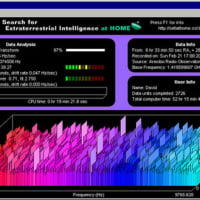
Installing BOINC Some of you may have read our previous article on world community grid, saying why it is a good idea to donate your spare cpu time. We recommended this for desktop computers mostly, but also servers if they are completely idle. If you want, you can also join team IOFLOOD on world community grid.